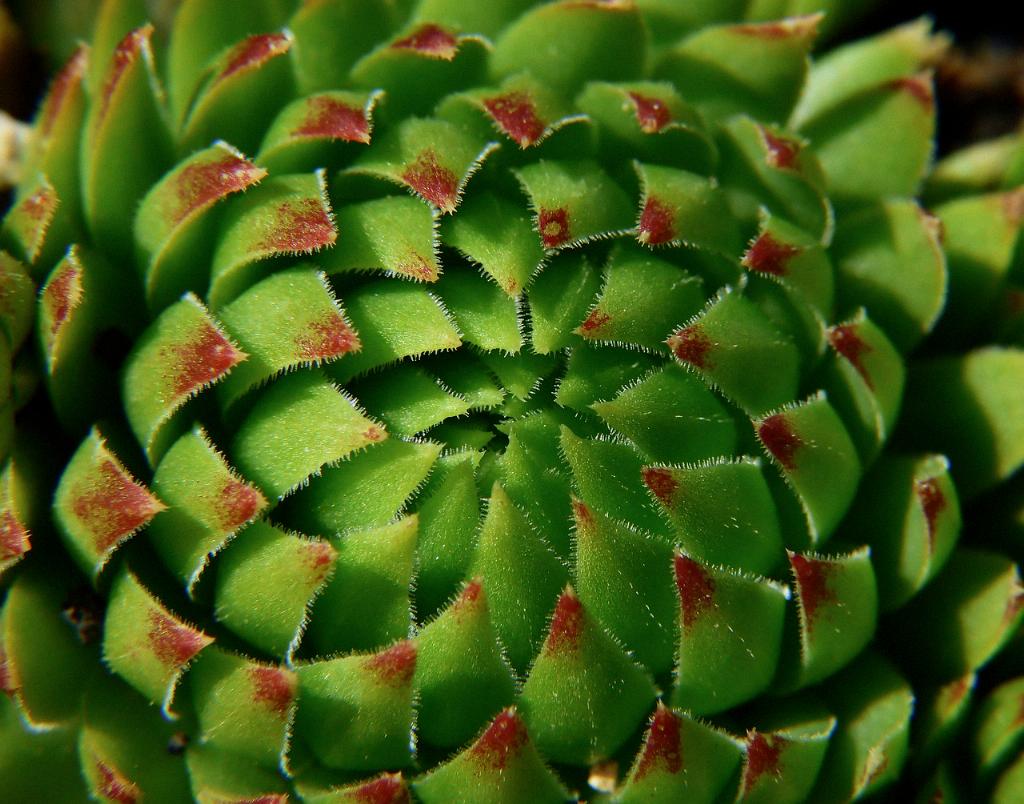When it comes to caring for your succulents, one important aspect to consider is whether they need to be repotted. The general recommendation amongst plant enthusiasts and experts is to repot succulents every two years. This timeframe serves as a guideline to ensure that your succulents have adequate space for their roots to grow and thrive. However, it’s essential to note that the frequency of repotting can vary based on individual plant conditions and growth rates.
While the two-year timeline is a good starting point, it’s crucial to closely monitor the development of your succulent plants to determine when they require repotting. Observing the growth of the roots and assessing whether the current pot has become too small for the plant are key indicators that it may be time to repot your succulent. Instead of adhering strictly to a predetermined schedule, it’s advisable to repot your succulents as needed to ensure their well-being.
Furthermore, one of the primary reasons why succulents may need to be repotted is to provide them with fresh soil and nutrients. Over time, the soil in which your succulents are planted can become depleted of essential nutrients and may compact, hindering proper root growth. Repotting allows you to refresh the soil, providing your plants with the necessary nutrients for healthy development.
Another aspect to consider when deciding whether your succulents need to be repotted is the overall health of the plant. If you notice signs of distress such as wilting, yellowing leaves, or stunted growth, it may be an indication that your succulent needs a new pot and fresh soil. Repotting can help alleviate stress on the plant and promote new growth and vitality.
Moreover, as succulents grow, they may outgrow their current pots, leading to overcrowding and root binding. When the roots of your succulents become tightly packed and encircle the pot, it can impede proper nutrient absorption and potentially harm the plant. Repotting your succulents into a larger container can prevent root binding and encourage healthier growth.
Additionally, repotting your succulents presents an opportunity to check the overall health of the roots and remove any dead or rotting portions. Inspecting the roots during the repotting process allows you to trim away damaged sections and promote new root growth. This maintenance activity can help revitalize your succulents and prevent any potential issues from escalating.
When it comes to selecting a new pot for your succulents, opt for a container that provides adequate drainage to prevent waterlogging. Succulents are susceptible to root rot if their roots are constantly sitting in damp soil. Choosing a pot with drainage holes and using well-draining soil can help safeguard your succulents against moisture-related problems.
Before repotting your succulents, it’s essential to prepare the new pot and soil. Ensure that the new pot is clean and has ample drainage holes to allow excess water to escape. Select a well-draining potting mix specifically formulated for succulents and cacti to provide optimal growing conditions for your plants.
While the repotting process may seem daunting, it’s a straightforward task that can greatly benefit the overall health and growth of your succulents. By providing your plants with the space, nutrients, and environment they need to thrive, you can enjoy vibrant and flourishing succulents in your home or garden.
In conclusion, the question of whether succulents need to be repotted is ultimately dependent on various factors such as plant growth, root development, and overall health. Instead of adhering strictly to a two-year timeline, assess your succulents regularly and repot them as needed to ensure their well-being and longevity. By paying attention to the specific requirements of your succulents, you can create an optimal environment for these unique and resilient plants to thrive.

